A brief introduction to the flavor of coffee beans in Central and South America
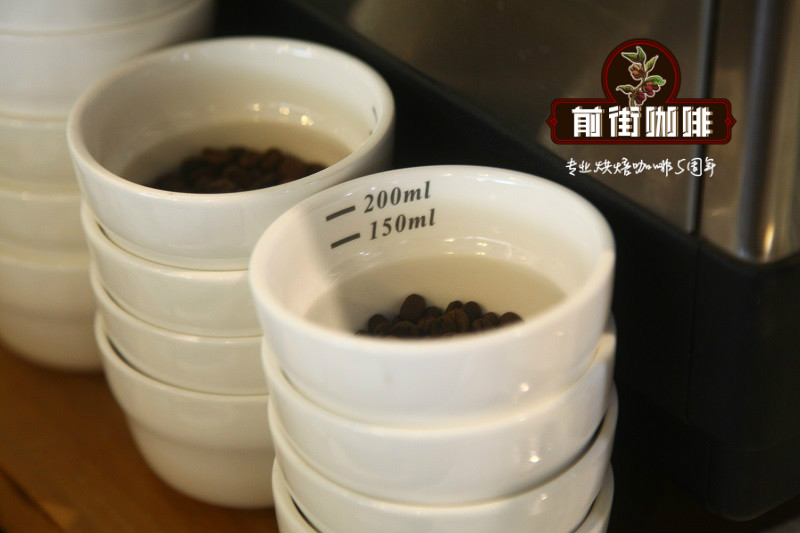
Professional coffee knowledge exchange more coffee bean information please follow the coffee workshop (Wechat official account cafe_style)
El Salvador
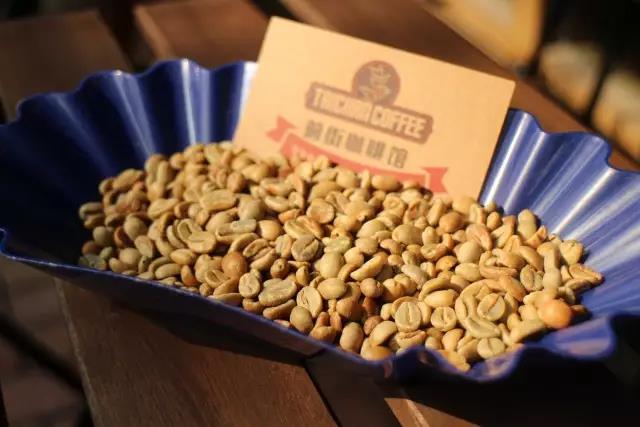
Active volcanic activity brings mineral-rich volcanic ash to El Salvador, and the soil dominated by volcanic ash contains more minerals and less organic matter, so in order to maintain its geographical location and make up for the lack of organic matter, Salvadoran farmers will use the pulp residue of treated coffee beans or organic matter under coffee trees as fertilizer to make up for the lack of organic matter in the soil. Make the planting of coffee trees more able to produce coffee beans with harmonious taste.
El Salvador's most meaningful initiative is to introduce organic agriculture to the world, growing more than 150000 tons of organic coffee each year.
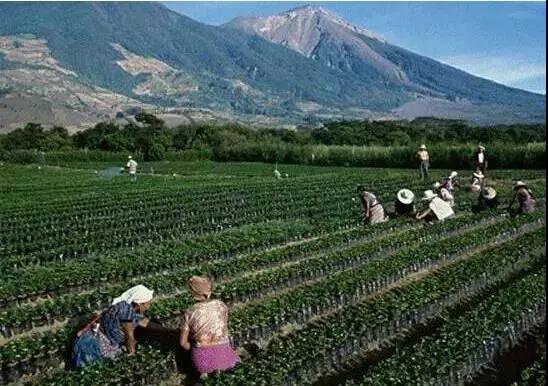
There are six major coffee producing areas in El Salvador, all of which are distributed in the alpine slopes or plateau areas covered with volcanic ash at an altitude of 1200 meters. November to April of the following year is the coffee harvest and harvest season.
Because coffee prefers mild climate, coffee trees in El Salvador are mainly planted in tall shade (shade grown coffee), in order to avoid excessive temperature and direct exposure to the sun, affecting the quality of coffee beans.
The coffee beans produced by it belong to Arabica species, mainly from Pacas and Bourbon brands, and belong to big beans with sweet taste and excellent flavor.
one
Production area introduction
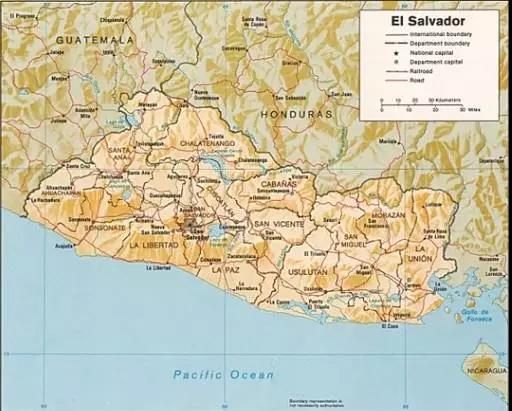
Apeneca-Ilamatepec mountain area
Location: West of El Salvador
Palate: sweet, floral, fragrant. Chocolate, drupe, peach and cream flavors, with citrus acidity and exquisite taste, lasting after tasting
Planting altitude (m): 500-2365
Alotepec-Metapan mountain area
Location: North of El Salvador, on the border with Honduras
Palate: excellent aroma, floral flavor, with chocolate, citrus and special sour caramel sweet to neutralize, with a clear fruit flavor
Planting altitude (m): 1000-2000
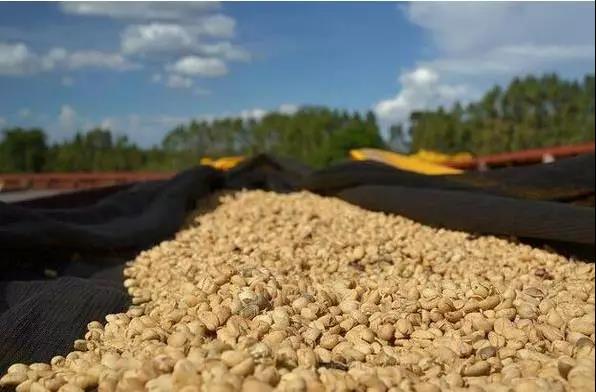
El Balsamo-Quezaltepec mountain area
Location: the southern foothills of the coastal mountains of La Libertad province, El Salvador, about south of the cities of San Salvador and San Vincent. It extends westward from Armenia Canyon to La Paz, another province in the northwest.
Palate: the coffee in this area has a well-balanced taste, creamy flavor, excellent concentration, vanilla aroma and bright acidity, full of very supple taste
Planting altitude (m): 500-1960
Chichotepec Volcano area
Location: located in the central area of El Salvador in the city of Sao Vincent
Palate: fragrant, with floral aromas of orange and sweetness of chocolate
Planting altitude (m): 500-1000
Tecapa-Chinameca mountain area
Location: located in the city of San Miguel, between the Lempa River and the Grande River, sloping to the north to the central valley area and descending slowly to the south to the coastal area
Palate: very diverse taste, coffee concentration, aroma, acidity and sweetness are well balanced, with chocolate, ripe fruit flavor, and sweet taste of cantaloupe, apple and grape
Planting altitude (m): 500-2139
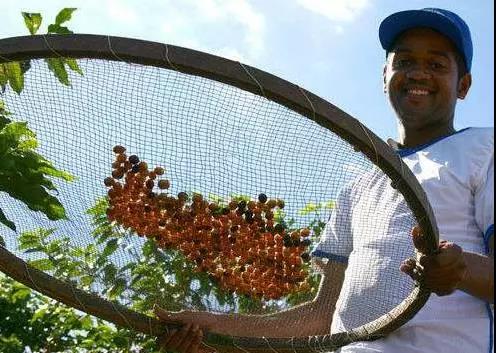
Cacahuatique mountain area
Location: located in the east of downtown Barrios, between San Miguel and Moraz á provinces, north from the Torola River Valley, that is, the mountains along the Honduran border, south in the Torola River Valley, east extending to the city of San Francisco Gotera
Palate: with delicate fruit juice flavor, excellent taste, strong coffee and almond aromas
Planting altitude (m): 500-1663
Nicaragua
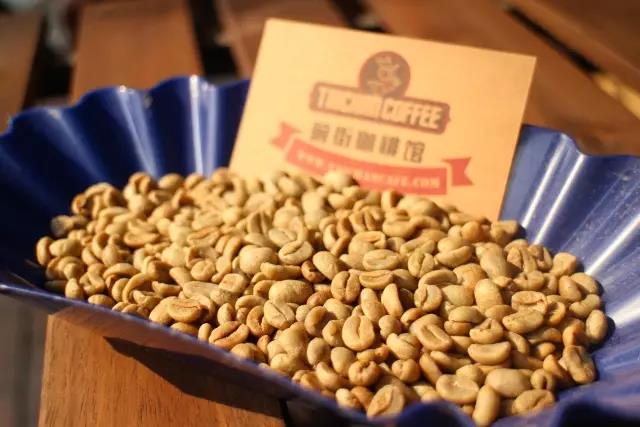
Nicaraguan coffee is mainly produced in the central and northern part of the country, covered with volcanic ash and shaded by trees, resulting in high-quality Nicaraguan coffee, which has a mediocre, mild flavor and is suitable for comprehensive coffee. Shade planting is its characteristic, while coffee beans are washed and dried in the sun.
Nicaraguan coffee beans are larger than those of other countries. In particular, Maragogipe (a huge tree species of coffee beans called elephant beans) produced in Madagelba has a clear taste and excellent aroma, which has a round and soft texture, which is highly valued in the market.
one
Production area introduction
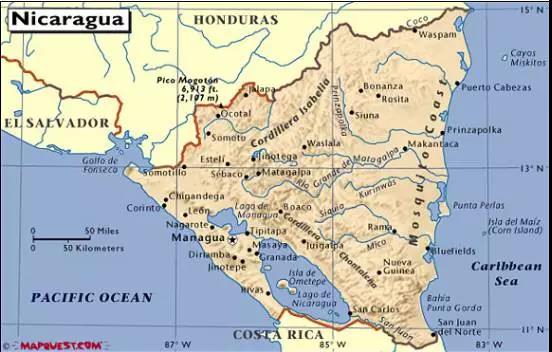
New Segovia Nueva Segovia
Location: cool in the northeast, with steep mountains and jungles
Palate: high acidity, short fruit, moderate sweetness, dark chocolate, cream, citrus, coconut, peach, raisin and cherry. The acidity of this kind of coffee is very close to that of mulberry
Planting altitude (m): 1500-2000
Malagasy Metagalpa
Location: northeast mountain area, cool climate
Palate: medium acidity, medium volume, high sweetness, fragrant flower aroma. It is both delicate and smooth, with unique flavors such as chocolate, caramel, fresh fruit, citric acid and so on. This kind of coffee feels smooth and soft.
Planting altitude (m): 1200-1500
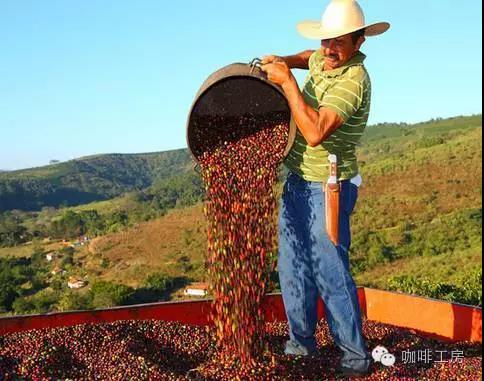
Ginotte plus Jinotega
Location: northeast mountain area, cool climate
Palate: high acidity, good fruit quality, moderate sweetness, and well-balanced flavors of milk chocolate and raisins, plums, oranges, peaches, lemons and vanilla
Planting altitude (m): 1200-1500
Madriz Madriz
Palate: high acidity, short fruit, moderate sweetness and rich tulip aromas. It also contains a variety of fruit juice flavors such as grapefruit, peach, apple, vanilla, honey and cherry.
Estelli Estel í
Palate: moderate acidity, good fruit quality, moderate sweetness, peach, apricot and other flavors, and has the characteristics of foam. It is a kind of coffee with balanced quality and floral flavor.
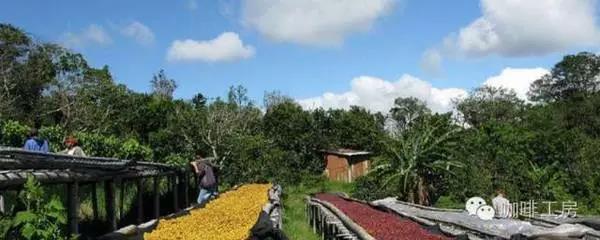
Guatemala
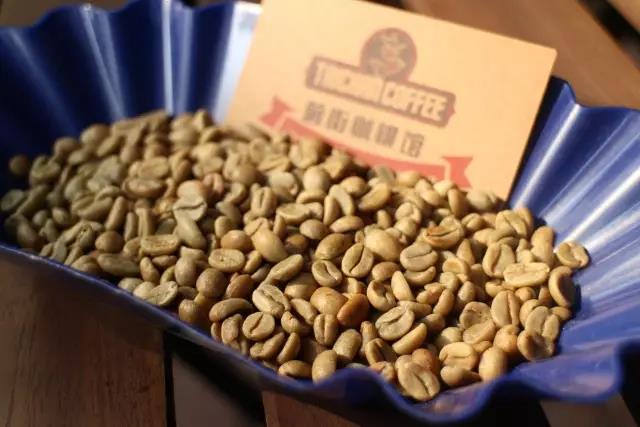
The latitude of Guatemala is about 15 degrees. Because of the long mountains and great regional climate changes, Guatemala's eight major coffee producing areas are all located on the highland topography under the subtropical climate, with rich and stable rainfall and excellent environment for fertile volcanic ash soil. The coffee beans produced are all Arabica, each with different flavors and characteristics, and the first-class sour and fruity flavors are smooth. It belongs to one of the top coffee in the world and is suitable for individual consumption.
one
Production area introduction
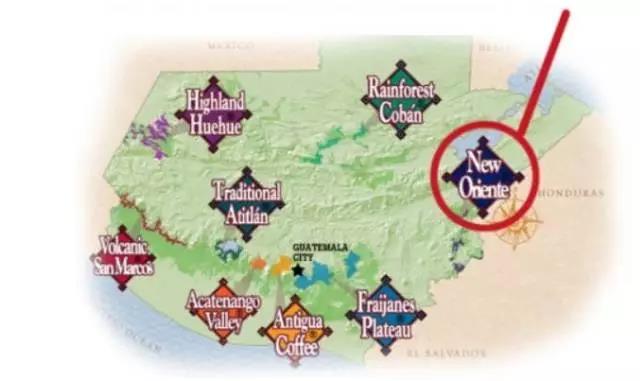
Antigua Antigua
Rich volcanic soil, low humidity, strong sunlight and cool night breeze are the characteristics of the Antigua area. Three spectacular active volcanoes-the Water Volcano, the Akardenango Volcano and the Fire Volcano-form a scenic valley
Palate: high-end Antigua coffee is full-bodied and mild, mellow aroma and good acidity
Planting altitude (m): 1500-1700
Akkad Nango Valley Acatenango Valley
Guatemala's emerging coffee-growing area, at an altitude of 2000 meters, the lush forests shade the coffee trees planted by small farmers, while shielding the heat from the Pacific Ocean and turning it into a moist airstream.
Palate: with acidity, strong aroma and lingering aftertaste
Planting altitude (m): 1300-2000
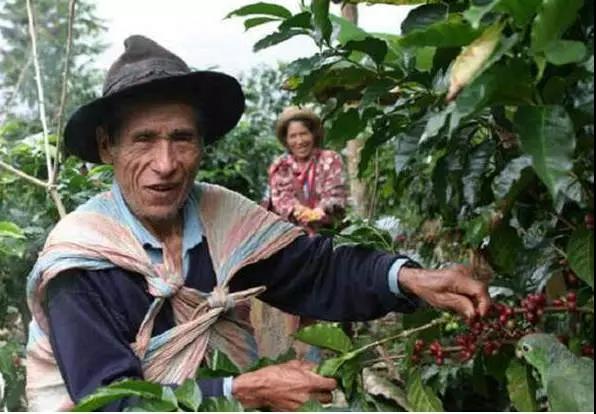
Koban Rain Forest Rainforest Cobb á n
Description of the producing area: the area is shrouded in clouds all year round, abundant rainfall and cool climate, and the local soil contains limestone and clay. Under the influence of the Atlantic basin and the northward jungle tropical climate, most of the coffee in this area is grown on obviously slow hilly land.
Palate: the characteristics of coffee in this area are quite different from those in other producing areas of the country. The bean body is full, with bright and subtle sour taste, with a light wine aroma.
Planting altitude (m): 1300-1500
Mount San Marcos Volcanic San Marco
Production area introduction: the warmest coffee producing area in Guatemala. The area has abundant rainfall, the rainy season is the densest, and the flowering stage is the earliest. The rainy season is the best part of the rainy season from June to September, even torrential rain, with annual rainfall as high as 197 inches in some areas
Taste: the coffee in this area has an obvious sour taste, full beans, with a clear, faint floral aroma
Planting altitude (m): 1400-1800
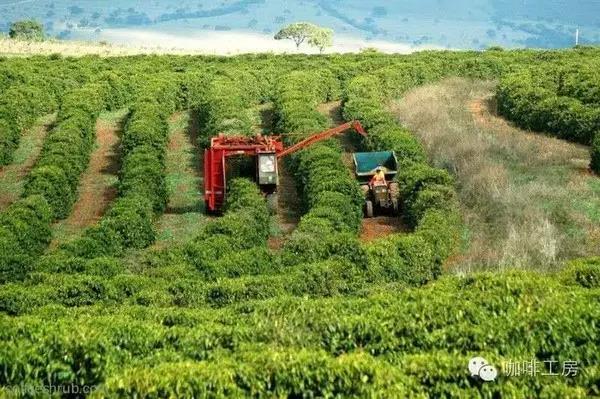
Traditional Traditional Atitl á n
Production area introduction: one of the four major volcanic coffee areas in Guatemala. The soil of Attland is full of fertile organic matter. 90% of the coffee is grown along extremely steep slopes all the way to Lake Attilan, the largest and most famous volcanic lake in Guatemala.
Taste: the coffee in this area is strong and intoxicating, with sweet and sour taste and full beans.
Planting altitude (m): 1500-1700
Vivette Nango Highland Highland Huehue
Production area introduction: among the three non-volcanic areas, the driest and highest-lying area for the production of single coffee. The Vivette Nango Highland is currently the most rugged and remote place in Guatemala. Due to the hot and dry wind blowing into the mountains from the Dehuang de Pecke Plain in Mexico, the mountains are free from frost, so coffee can be grown up to 6500 feet high.
Palate: the coffee beans in this area are firm and full, with a special sour taste and a slight wine aroma.
Planting altitude (m): 1500-2000
Farrakhan Nice Plain Fraijanes Plateau
The volcano in this area is very high above sea level and the soil is rich in pumice. Farrakhan Nice Plain is still an active volcano, so the coffee in this area is similar to that of Antigua. However, Rain Water's abundance, high and varied humidity, and large temperature difference give the Farrakhan Nice Plain a very different flavor.
Palate: contains quite elegant aromas, mild and mellow overall texture, with special and pleasant acidity
Planting altitude (m): 1400-1800
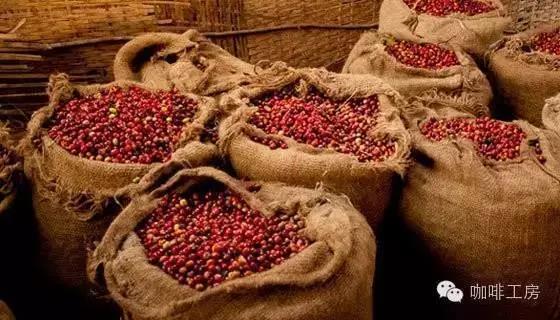
Honduras
Honduras was previously less well-known in the consumer market because it did not have strong support for the handling and transportation of raw beans. In recent years, Honduras has actively changed and expanded the coffee industry, which has gradually opened up the international popularity of Honduran coffee. Honduras collects 3 million bags of coffee every year, providing the world with perfect coffee, unique coffee aroma and multi-quality, making it the second largest coffee exporter in Central America and the tenth largest coffee exporter in the world.
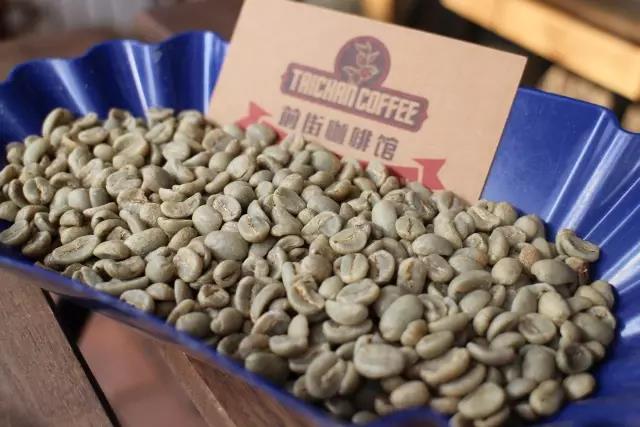
Honduran coffee is divided into six major producing areas, covering the west and south, namely, Copan, Opalaca, Montecillos, Comayagua, Agalta Tropical and El Paraiso, with an average height of more than 1100 meters above sea level.
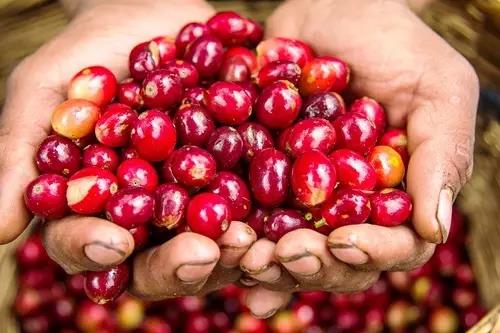
Honduran coffee is of first-class quality and the price is the most competitive in Central American countries, mainly exported to the United States, Germany and Japan. Coffee varieties are 100 per cent Arabica, 69 per cent are HG and 12 per cent are SHG,19% and CS. There are mainly Typica, Bourbon, Caturra, Villa Sarchi and Lempira brands.
one
Production area introduction
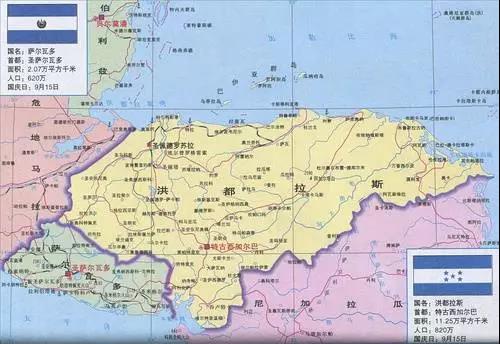
Section Copan
Origin: located between Copan, Ocotepeque and Lempira regions
Taste: the coffee in this area shows a strong chocolate flavor, characterized by the sweetness of honey and caramel, and the fruit flavor is relatively light.
Planting altitude (m): 1000-1500
Opalaca of Obalaka district
Origin: located between Santa B á rbara, Intibuca and Lempira regions
Palate: shows a strong lemon flavor, neutralized with honey and caramel sweetness, with obvious fruit flavor
Planting altitude (m): 1100-1400
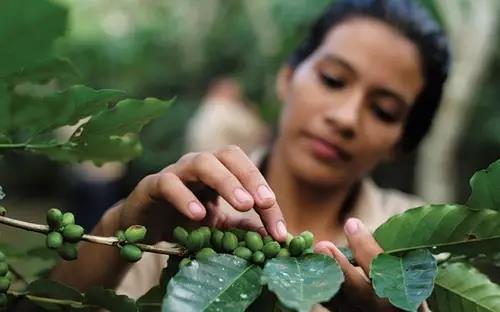
Montecillos, West right District of Mund
Origin: located between La Paz, Comayagua, Santa B á rbara and Intibuca regions
Palate: full of fruity and sweet aromas with lemon and floral flavors. Lemon and fruit aromas are important features, especially peaches and oranges
Planting altitude (m): 1200-1600
Comayagua of Gongmayagua District
Origin: located between Comayagua and Francisco Morz á n regions
Palate: lemon-based, with sweet and chocolate aromas
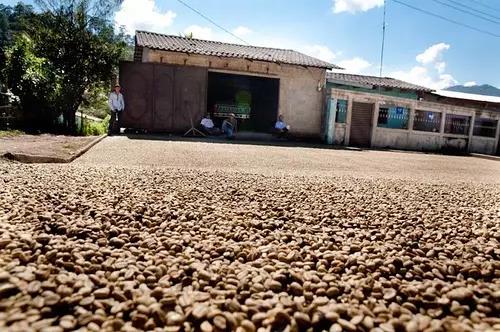
Planting altitude (m): 1000-1500
Panama
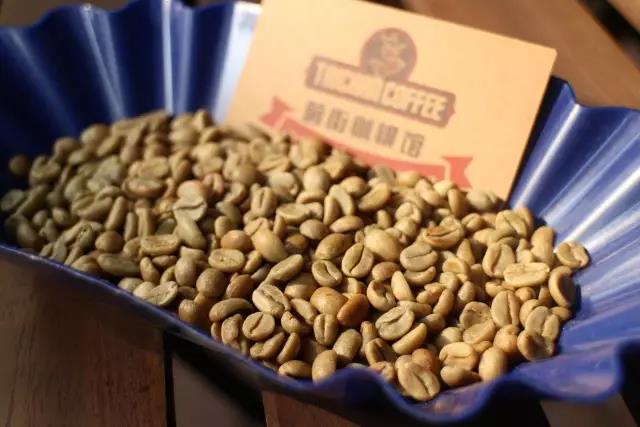
The flavor and texture of Panamanian coffee is medium and uniform, with a temperament similar to that of the Blue Mountains. Panamanian coffee is very smooth, full grains, light weight, and perfect acidity balance, its high-quality coffee beans flavor is pure, very characteristic, it is recommended to adopt moderate roasting.
Most Panamanian coffee belongs to the middle and low price level, but in recent years, Panama has also actively promoted the cause of boutique coffee and sold its high-quality coffee beans at competitive auctions. Good Panamanian beans with clean and clear, bright and gentle taste, medium mellow performance is amazing, is considered by coffee connoisseurs to be one of the very good coffee, many buyers like to use Panamanian beans as comprehensive products, almost all high-quality coffee beans are shipped to France and Finland.
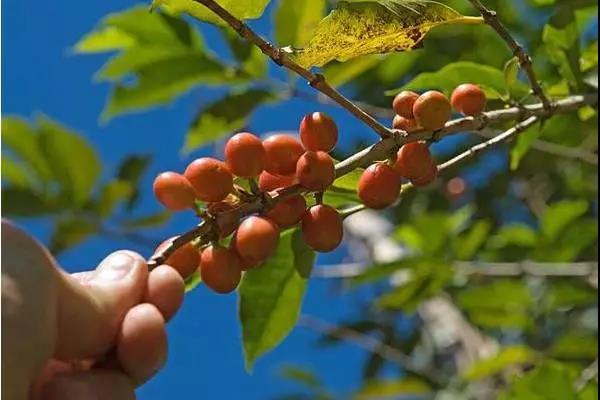
one
Production area introduction
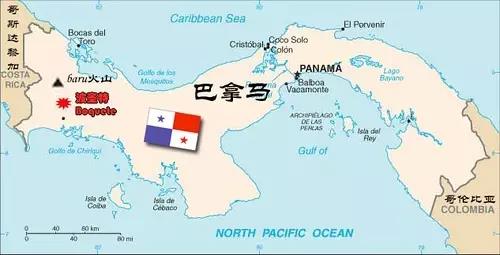
Bokui Special Administrative region Boquete
Origin: high altitude and high mountains
Taste: the multi-quality coffee produced is the region with the highest coffee production and the best quality in Panama.
Planting altitude (m): 1450
Volcan in volcanic area
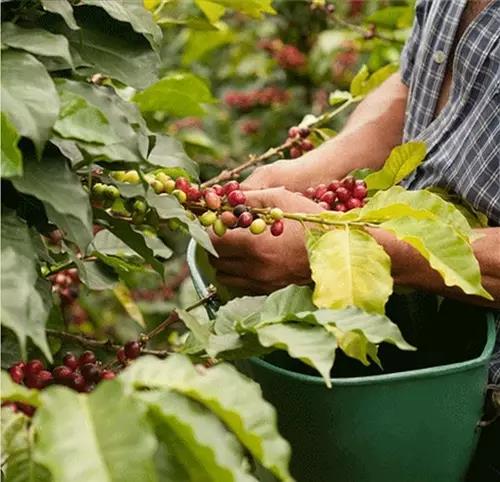
Origin: Volcano Baru, with its fertile volcanic soil and cool climate, is a good environment for growing coffee.
Palate: the mild and balanced taste has gradually attracted the attention of international experts and coffee lovers, almost on a par with the Boquis Special Administrative region.
Planting altitude (m): 2000-3000
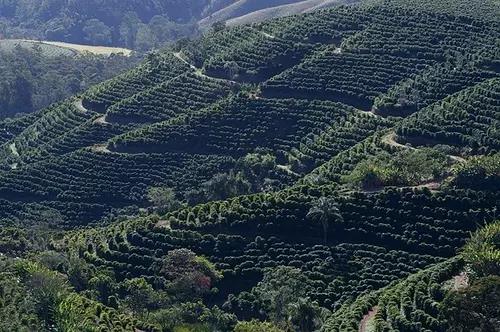
Santa Clara District Santa Clara
Origin: close to the Pacific coast, irrigated by clear river water brought by Chorerra Falls
Palate: refreshing, gentle, smooth and beautiful on the palate.
Planting altitude (m): 1500
Piedra de Candel, Kendra District
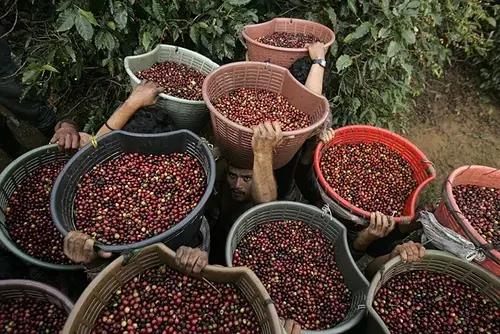
Origin: luxuriant Typica and Caturra trees growing in the shade of giant trees next to the primeval rainforest
Taste: it is expected to have the potential to develop high-quality premium coffee.
Planting altitude (m): 1200
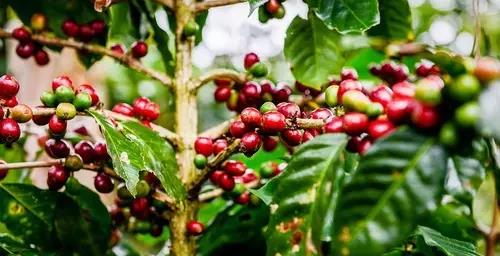
Qianjiesou Chong recommends:
Filter cup: Hario V60
Water temperature: 88 degrees
Degree of grinding: small Fuji degree of grinding 4
Cooking methods: the ratio of water to powder is 1:15, 15g powder, the first injection of 25g water, 25 s steaming, the second injection to 120g water cut off, waiting for the powder bed water to half and then water injection, slow water injection until 225g water, extraction time about 2:00
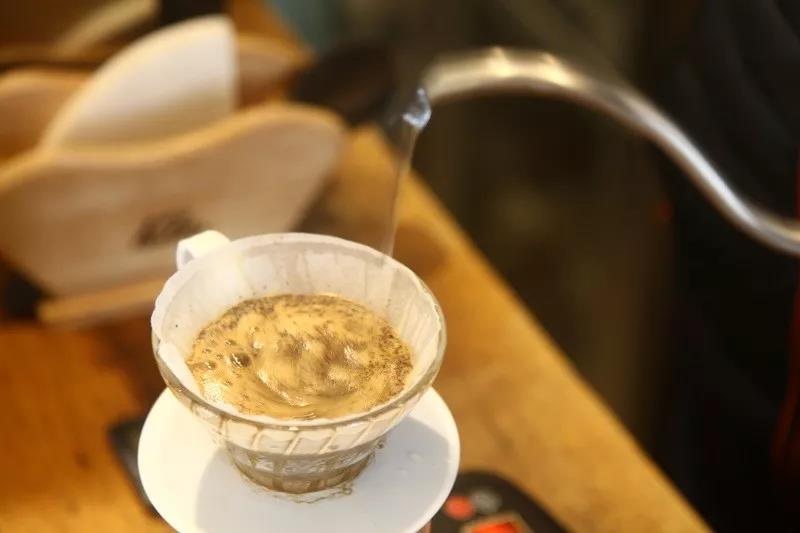
Analysis: using three-stage brewing to clarify the flavor of the front, middle and back of the coffee. Because V60 has many ribs and the drainage speed is fast, it can prolong the extraction time when the water is cut off.
Important Notice :
前街咖啡 FrontStreet Coffee has moved to new addredd:
FrontStreet Coffee Address: 315,Donghua East Road,GuangZhou
Tel:020 38364473
- Prev
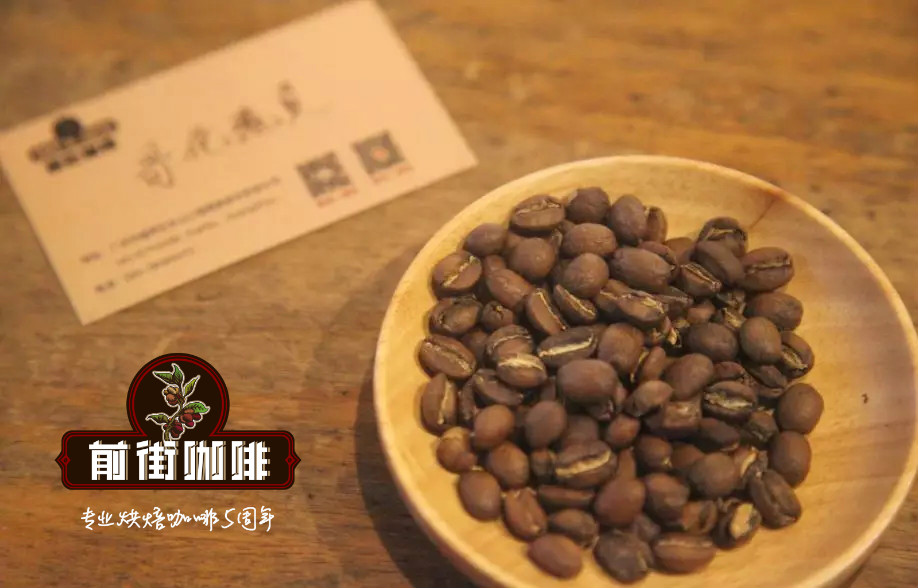
What's the difference between Rosa Coffee and Pakamara Coffee? How to drink Rosa Rosa and Pacamara?
Rosa and Pacamara Rose it is generally believed that the source of Rose is the town of Gesha in western Ethiopia, which was first discovered by former British Ambassador Richard Whalley. The variety was sent to Kenya and then to the institute in Tanzania. Costa Rica introduced rose summer from Tanzania in 1953, and Don Pachi Serracin brought the first batch of rose summer to Pakistan in 1963.
- Next
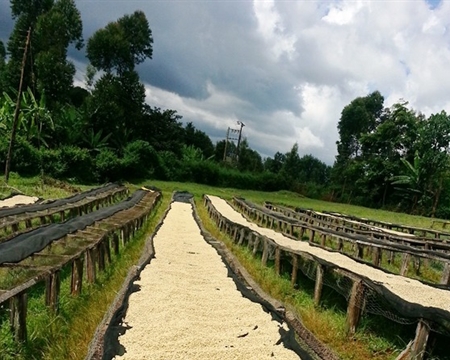
Single Central and South American coffee beans recommend Colombia Brazil Panama coffee which tastes good?
Central America generally refers to the strip of central America south of Mexico and north of the Panama Canal, also known as the Central American Isthmus, including Guatemala, Belize, El Salvador, Honduras, Nicaragua, Costa Rica and Panama, all of which produce coffee. There is also a way to divide the Caribbean and the island states of the West Indies
Related
- Detailed explanation of Jadeite planting Land in Panamanian Jadeite Manor introduction to the grading system of Jadeite competitive bidding, Red bid, Green bid and Rose Summer
- Story of Coffee planting in Brenka region of Costa Rica Stonehenge Manor anaerobic heavy honey treatment of flavor mouth
- What's on the barrel of Blue Mountain Coffee beans?
- Can American coffee also pull flowers? How to use hot American style to pull out a good-looking pattern?
- Can you make a cold extract with coffee beans? What is the right proportion for cold-extracted coffee formula?
- Indonesian PWN Gold Mandrine Coffee Origin Features Flavor How to Chong? Mandolin coffee is American.
- A brief introduction to the flavor characteristics of Brazilian yellow bourbon coffee beans
- What is the effect of different water quality on the flavor of cold-extracted coffee? What kind of water is best for brewing coffee?
- Why do you think of Rose Summer whenever you mention Panamanian coffee?
- Introduction to the characteristics of authentic blue mountain coffee bean producing areas? What is the CIB Coffee Authority in Jamaica?

